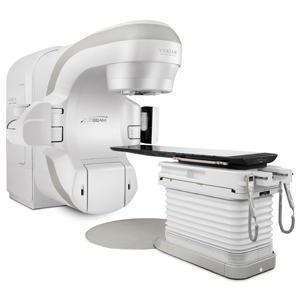
What Are The Different Types Of Radiation Therapy? How Does Their Use Differ?
High-energy
Radiation Is Used In Radiation Therapy, Commonly Known As Radiotherapy, To
Target And Destroy Cancer Cells. Radiation Therapy Comes In A Variety Of Forms,
Each With A Particular Use And Delivery Method:
External Beam Radiation Therapy (EBRT): The Most Popular Kind Of Radiation Treatment Is This One. The Process Involves Directing An External Radiation Beam To The Cancer. EBRT Is Typically Given Every Day For Several Weeks. Where High Energy X Rays Are Used.
Electron Beam Therapy: Where Electrons Are Used. It Is Used To Treat Superficial Tumors Like Skin.
Internal Radiation Therapy (brachytherapy): This Kind Of Radiation Treatment Involves Injecting Radioactive Material Into Or Near To The Tumor. This Minimizes Radiation Exposure To The Surrounding Healthy Tissues While Enabling The Delivery Of A Larger Dosage Of Radiation To The Tumor. Permanent Or Temporary Brachytherapy Is Available. Where Radioisotopes Are Used. It's Again Divided Into Intracavitary Branch And Interstitial Brachy.
Proton Therapy: Proton Therapy Is A Type Of Radiation Therapy That Uses Protons, Which Are Positively Charged Particles, To Treat Cancer. Protons Deposit The Majority Of Their Energy Directly Into The Tumor, Reducing Damage To Surrounding Healthy Tissues. This Precision Makes It Especially Useful For Treating Tumors Near Critical Organs Or Tissues. Proton Therapy Is Commonly Used To Treat Solid Tumors, Such As Those Found In The Brain, Spine, Prostate, And Certain Types Of Lung Cancer. Where Heavy Particles Are Used To Deliver Radiation . It Has Lesser Side Effects
Each Type Of Radiation Therapy Has Advantages And Disadvantages, And The Choice Of Therapy Depends On By Factors Such As The Type And Location Of The Cancer, The Size Of The Tumor, And The Patient's Overall Health.